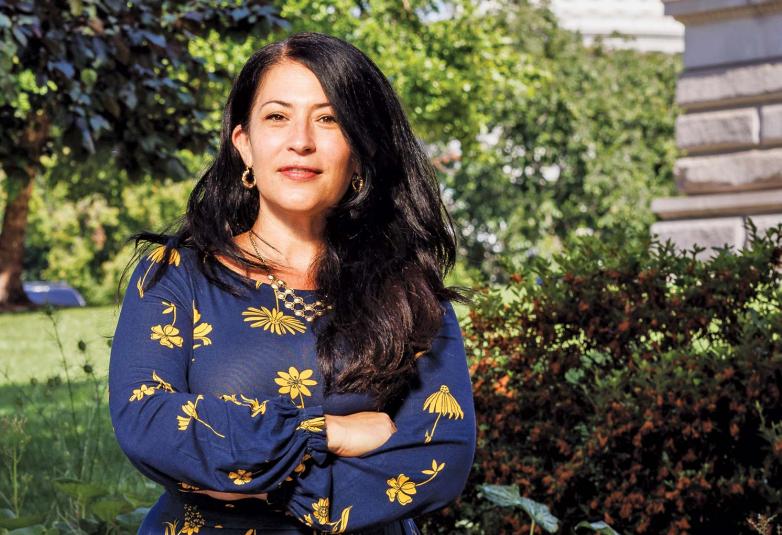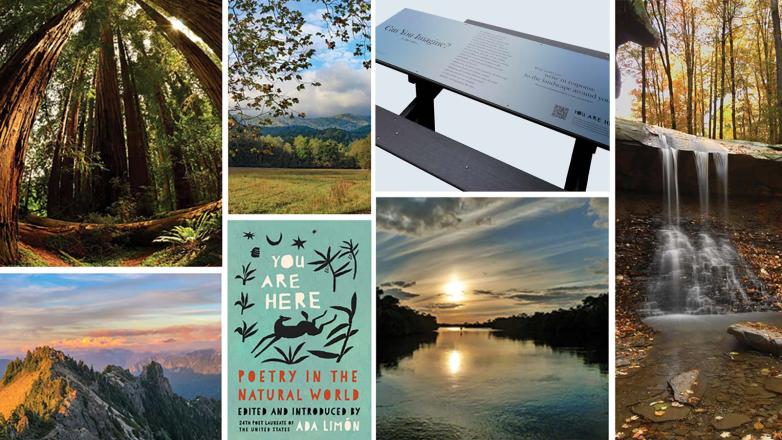“I worked with the National Park Service and the Poetry Society of America and the Library of Congress to choose which parks would be the best to launch these installations,” Limón said. “Many of them are close to my heart, and I’m so thrilled to go visit them this summer and fall.”
As a child, Limón visited the redwoods of California. “I still remember driving there with my parents and how in awe I was at the sheer enormity of the trees,” she said.
In her early twenties, Limón lived for a year near Cape Cod National Seashore on a fellowship at the Fine Arts Work Center in Provincetown, Massachusetts. “The seashore was where I spent most of my time,” Limón said. “I remember feeling most at ease when I was walking by the ocean. It was right after September 11, 2001, and it brought me the most peace when I could feel small and connected to something larger, like the ocean.”
Limón noted that putting poetry in national parks offers literature in unexpected places and provides visitors with language that attempts to capture the emotions of the ineffable natural surroundings.
“I think it’s important to feel small, to feel a sense of wonder and awe,” she said. “It’s very hard to get out of your own head these days, and I think nature really allows us to feel like we could disappear and dissolve into the landscape around us. We need that feeling. It takes away the idea of always being the center of the story.”
The literary picnic tables also casually introduce poetry to national parks visitors who may not seek it out. Asked why national parks are appropriate places for poetry, Limón responded, “They are both places of wonder and for curiosity. Even in the most beautiful of places, we tend to be distracted by our own thoughts. Poetry can help bring you back into the present moment. My hope is that these beautiful poetry installations will help folks slow down and really notice where they are.”

















